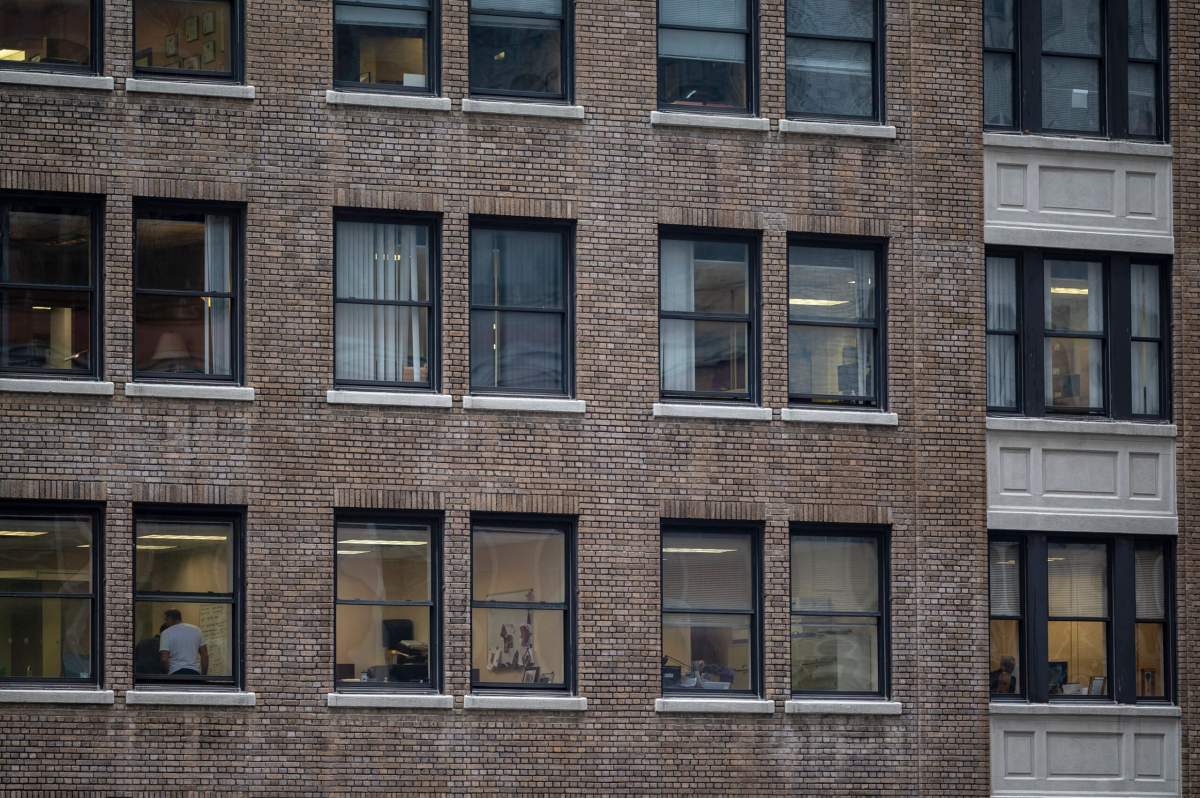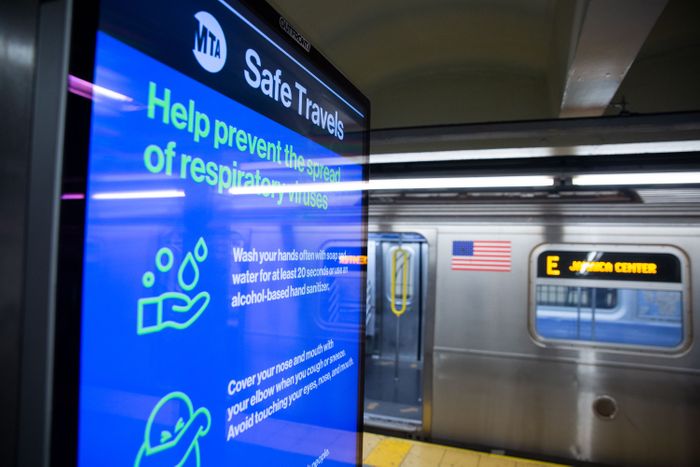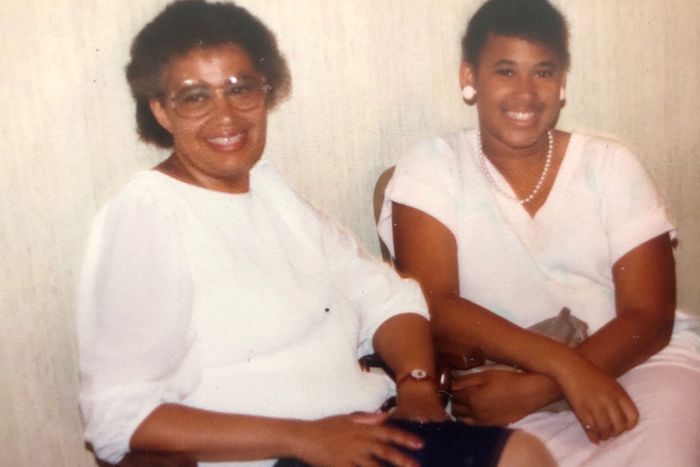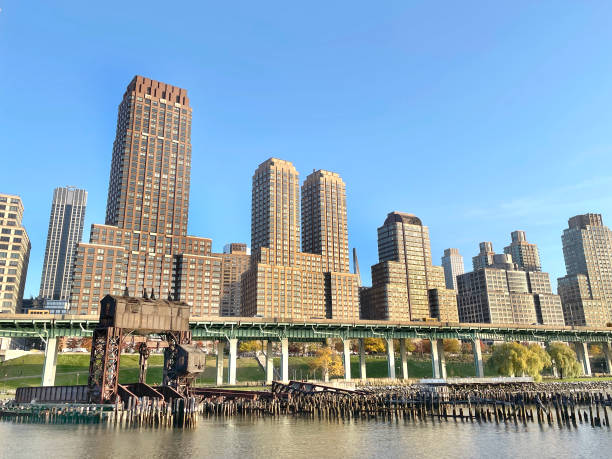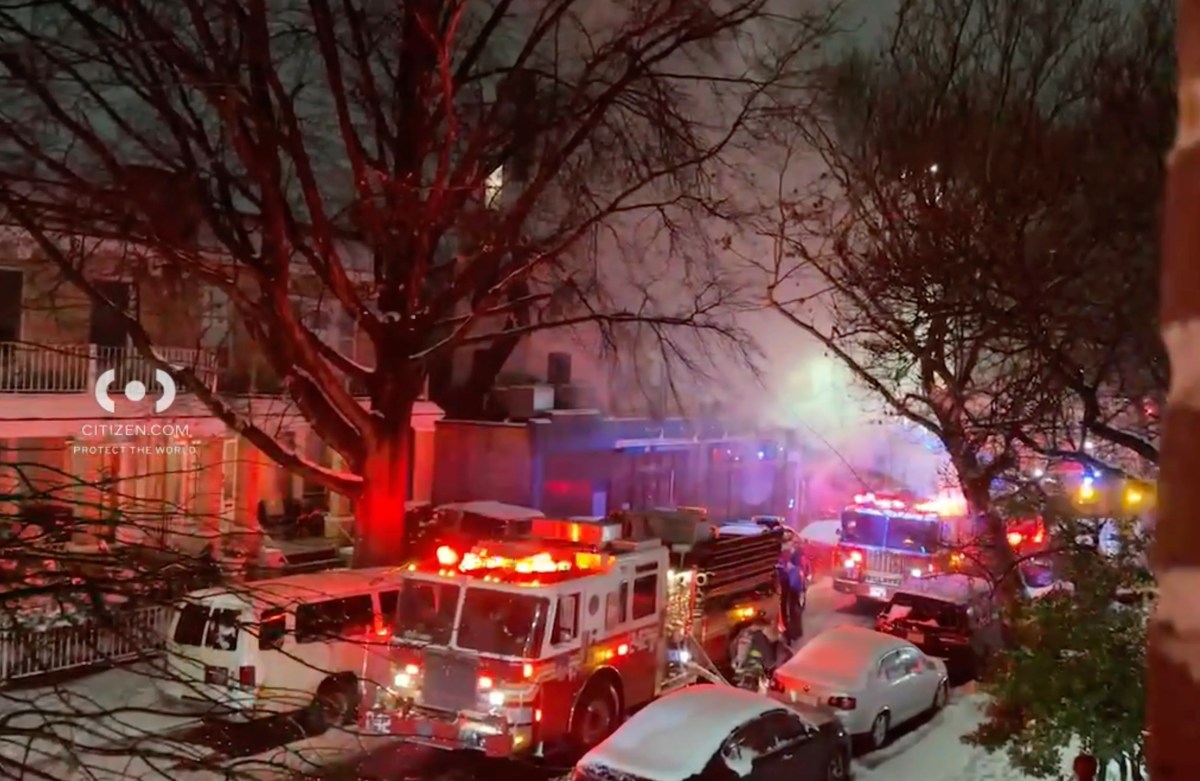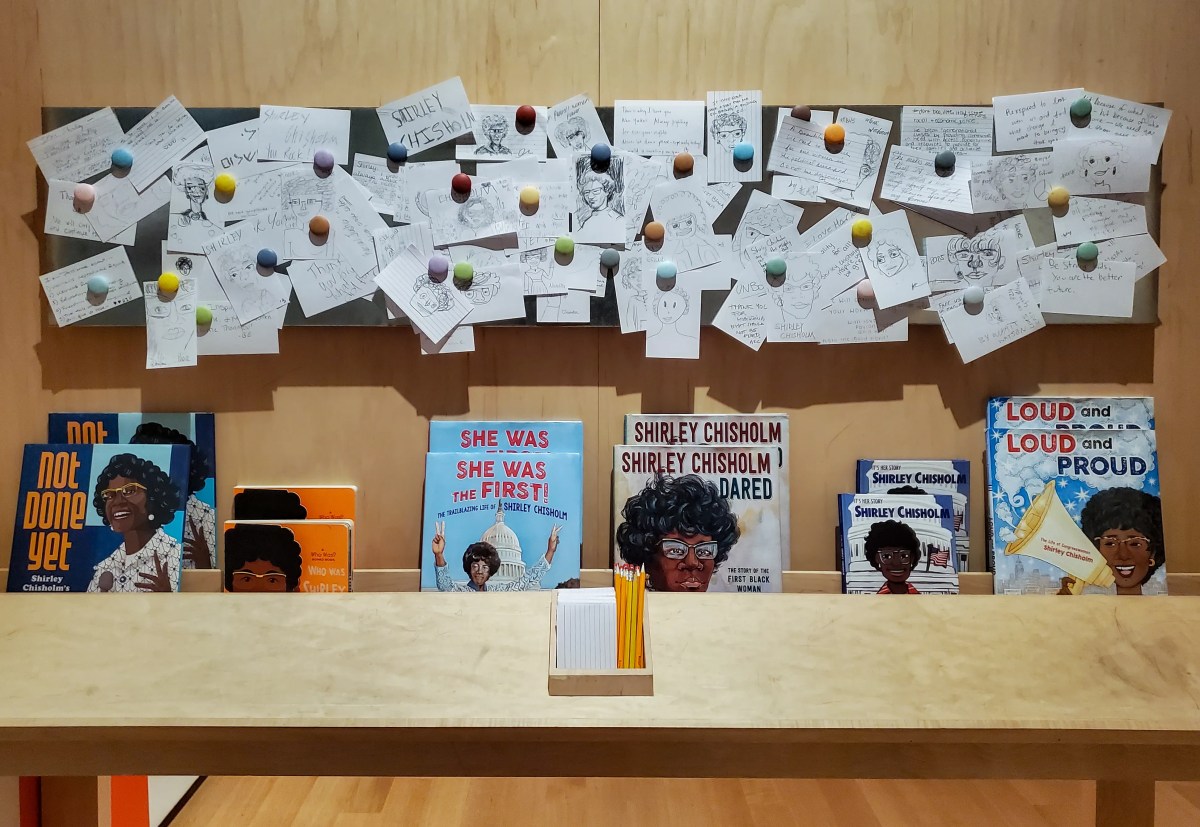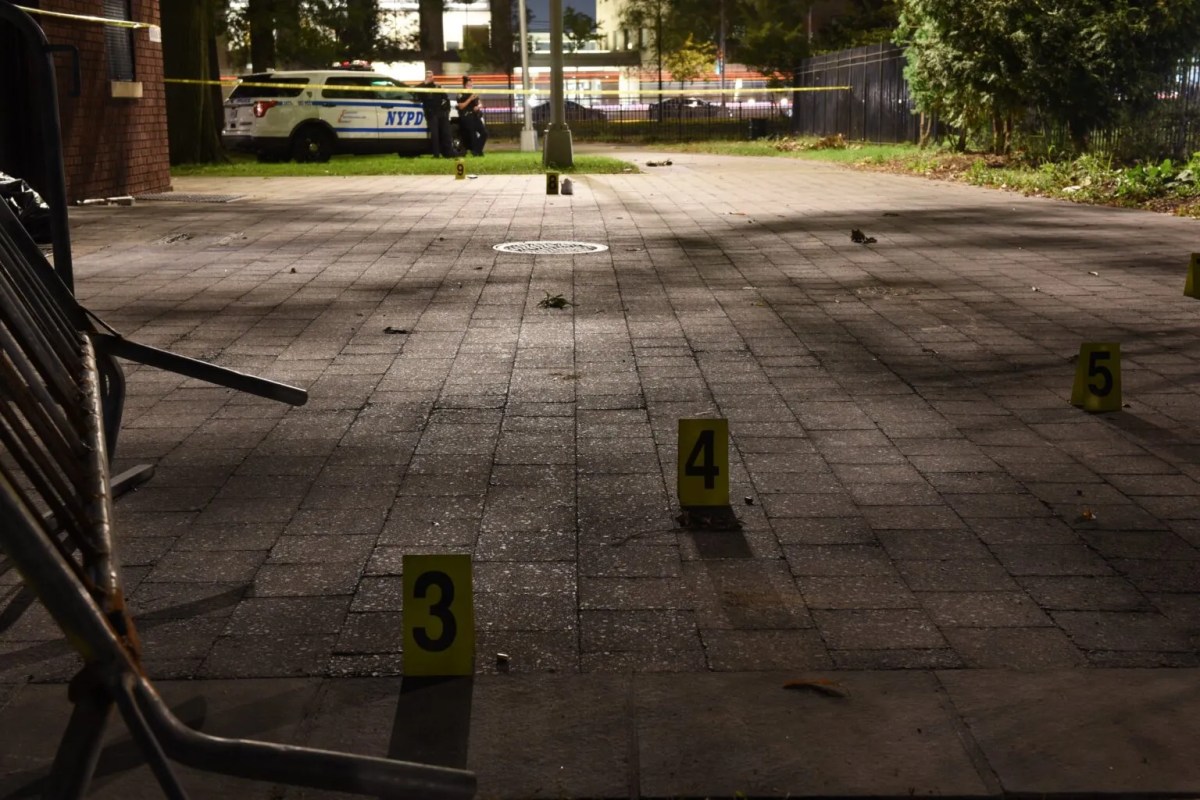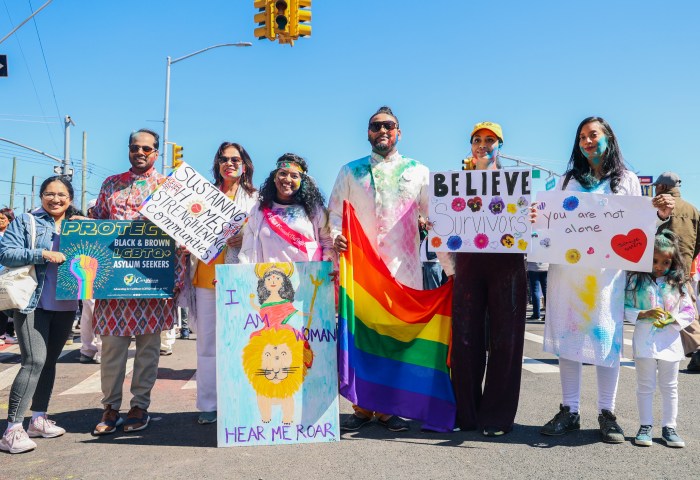This article was originally published on by THE CITY
Early signs show momentum to get workers back to their desks in offices — though some employers still have no formal plans to return.
In the coming days, the corporate bankers at Wells Fargo will begin returning to their offices on 42nd Street for the first time in two years, the last of the major financial firms to order a return to in-person work.
This week, the staff at the sprawling City University of New York system will be required to work seven out of every 10 business days in their offices.
And widely watched data from property management firm Kastle Systems shows that office occupancy in New York City has finally ticked back up above 30%, following a sharp plunge in December when the omicron coronavirus variant sent workers who had been coming to office towers home.
Office occupancy was already expected to jump in March as coronavirus case counts have plunged. Actions by Gov. Kathy Hochul and Mayor Eric Adams to lift many pandemic restrictions are likely to further embolden employers to demand their workers return to their offices.
“We had a horrible lull in January, but activity seems to be picking up,” said Barbara Blair, head of the Garment District Alliance. Pedestrian traffic in the area in late February finally topped 500,000 per day again. “I am optimistic.”
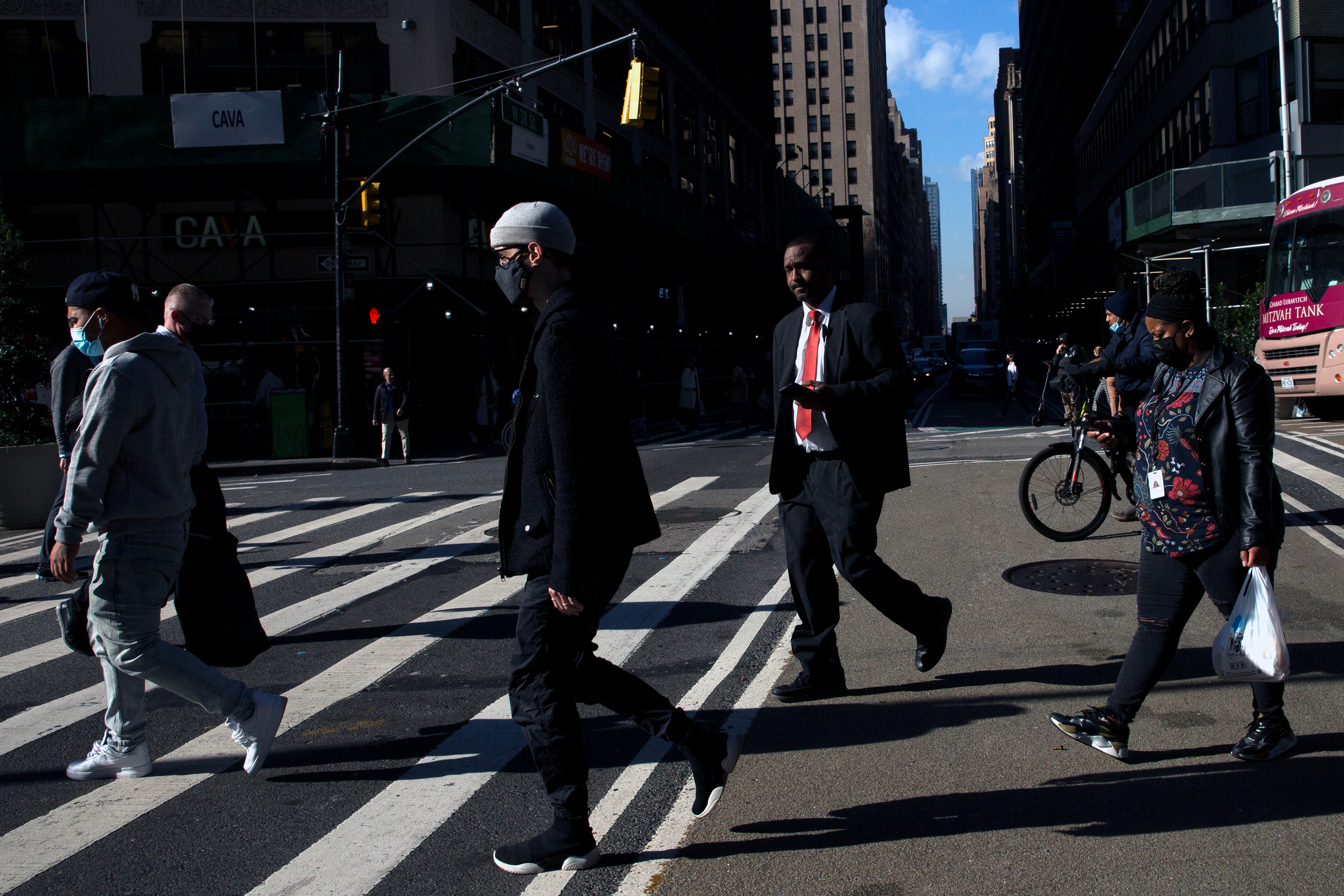 Ben Fractenberg/THE CITY
Ben Fractenberg/THE CITYYet the extent of the rebound, and how many days those workers will actually be in their offices, has yet to become clear.
For example, the Wells Fargo corporate bankers are likely to be asked at first to come to the office only two days a week. The Wall Street Journal announced it would leave up to individual teams how many days they would come to their Sixth Avenue newsroom. And the New York Times has yet to set any deadline for a return to its 40th Street headquarters.
New York desperately needs those office workers to return and start spending money on lunches, drinks after work and other shopping if its lagging economic recovery is to gain momentum.
The latest employment numbers show that as of December, the city remains 413,000 jobs below the record set in February 2020 (using seasonally adjusted numbers), or 9%. Nationally, the U.S. is only 2% below its peak employment, and many other cities have exceeded their pre-pandemic totals.
The city’s unemployment rate in December declined slightly to 8.8% but remains more than double the national figure of 3.9% — and the drop was mostly a result of people leaving the workforce, not becoming employed.
Business Lunches Back
Like the Garment District, SoHo is seeing a rebound as office workers come back after the omicron plunge in in-person attendance.
“There are a lot more people coming in to do proper business lunches over the past couple of weeks,” said John McDonald, owner of Lure Fish Bar on Mercer Street. “We are also starting to see groups that are coming for after-work drinks.”
Still, his business remains 10% to 15% below pre-pandemic levels.
 Ben Fractenberg/THE CITY
Ben Fractenberg/THE CITY
Two figures will be key to speeding the economy: total office occupancy and how many days a week workers do come into the city’s business districts.
Before the pandemic in March 2020, 95% of workers came to the office every day, according to Kastle data. When the city shut down, the figure plummeted to 5%, recovered to almost 30% last fall, and then plunged again in December.
Big cities in Texas show occupancy at 50%, the national average is almost 37%, and only San Jose, Calif., reports a figure lower than New York.
Hochul and Adams have spent the last several weeks cajoling companies to bring back their workers. “Business leaders, tell everybody to come back. Give them a bonus to burn the Zoom app,” Hochul implored. The governor lifted New York’s mask-or-vax mandate for indoor businesses on February 10, and followed suit with a plan to end school mask mandates this week.
And on Sunday, Adams said that the city was preparing to end vaccine mandates for gyms, restaurants and theaters on March 7, as long as COVID indicators continue to trend downward.
The mayor, however, kept in place a vaccination mandate for private employers, a move that will keep the Brooklyn Nets’ Kyrie Irving from playing home games but is unlikely to affect most companies, since the vast majority of those called back to offices are vaccinated, said Kathy Wylde CEO of the Partnership for New York City.
 Ben Fractenberg/THE CITY
Ben Fractenberg/THE CITYThe Partnership’s last survey, in January, found only 38% of employers expected more than half of their employees at their desks by the end of March. A big increase in that number in the next survey scheduled to be released in April would show the back-to-the-offiice trend is taking hold.
The actions by the governor and mayor are likely to encourage companies to lift their own self-imposed rules, Wylde suggested.
“At this point, the lifting of mask requirements is more important for restoring a sense of normalcy in the workplace,” she said.
McDonald agrees, saying ending the requirement that his customers prove they are vaccinated will be a big step.
Many business people say the mayor has other issues he must address.
“There is work to be done which includes making sure that quality of life and crime issues remain in the forefront and are property dealt with,” said Don Winter, chair of the Manhattan Chamber of Commerce.
The most recent official Adams administration economic forecast, which pushed back the date when the city will recover all the jobs lost in the pandemic to 2025, sees a bleak near term future for the office sector. It says the commercial vacancy rate will remain above 19% for the next two years, near its all-time high, with asking rents remaining low as some new buildings come on to the market and working from home remains a drag.
Average asking rents are expected to remain stuck around $72 a square foot compared with $80 before the pandemic.
But those low rents will stabilize the market, says the real estate firm CBRE. Just-published research shows that the length of large leases is rebounding to near normal levels.
“Occupiers are getting more confident that they want an office presence and are committed to taking space long-term and you can get better terms now than in the next several years,” said Nicole LaRusso, CBRE’s head of research.
She predicts that companies will adopt a new model where they sign long-term leases for a percentage of their needs, maybe 70%, and use flex space at companies like WeWork when they need more.
The result will be a 9% projected reduction in demand for office space, according to CBRE, the supply of which now totals 464 million square feet.
Eventually demand will rebound as the city’s economy grows, CBRE maintains.
Both CBRE and the Adams administration’s official forecast see a transformation of the market, with the most modern and expensive office space thriving. Developers agree, with SL Green building a multi-billion office building across from Madison Square Park and and a consortium led by RXR spending as much as $4 billion to tear down the Grand Hyatt and construct a office tower there.
But older and less desirable buildings will find a harder time finding tenants.
“I think there’s a big adjustment coming,” LaRusso said sharply.
THE CITY is an independent, nonprofit news outlet dedicated to hard-hitting reporting that serves the people of New York.



